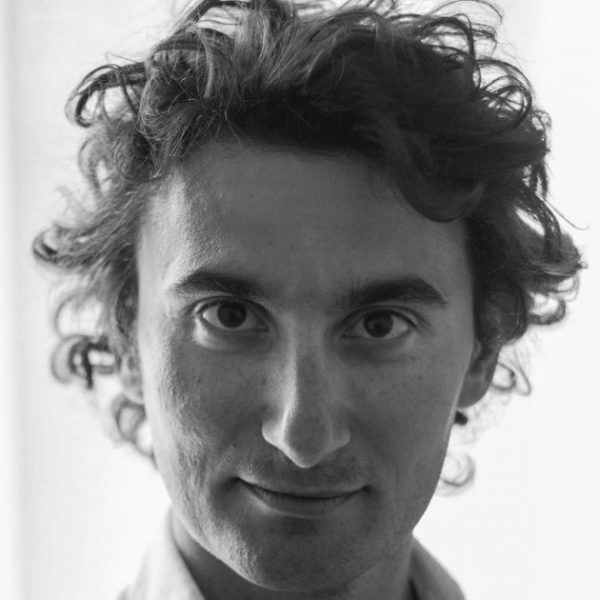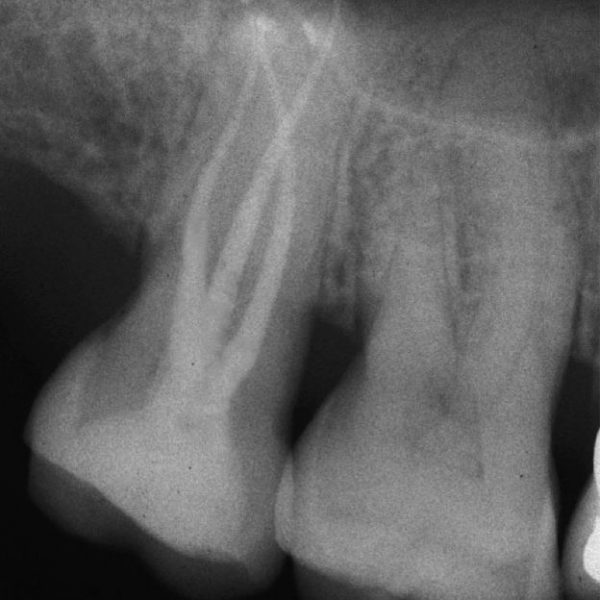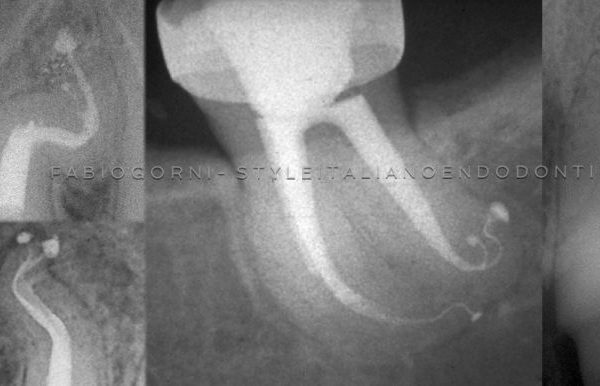
Final rinse protocol - The Time Factor
14/07/2017
Riccardo Tonini
Warning: Undefined variable $post in /var/www/vhosts/styleitaliano-endodontics.org/endodontics.styleitaliano.org/wp-content/plugins/oxygen/component-framework/components/classes/code-block.class.php(133) : eval()'d code on line 2
Warning: Attempt to read property "ID" on null in /var/www/vhosts/styleitaliano-endodontics.org/endodontics.styleitaliano.org/wp-content/plugins/oxygen/component-framework/components/classes/code-block.class.php(133) : eval()'d code on line 2
Time is a decisive factor and is probably the most important element that can affect success in Endodontics. An Endodontist is aware of the time he will be starting a RCT, but never knows when the treatment will be finished, nor how much time is required for Glidepath or if the time dedicated to disinfection is enough. So,TIME is the game changer, but if we consider the cleaning part of RCT, it is not the only element that can really satisfy all our requests. Why os that? Because disinfection depends not only on the time of application of irrigants, but much more on techniques and improvement of the protocols employed. Protocols? As dentists we love protocols, we need rules and we wrote down protocols for shaping and filling, but what about cleaning? Can we answer the following questions?
Do we really have a repeatable protocol for disinfection or do we consider our liquids only as a method for removing coronal debris?
How much irrigant is needed and in which sequence?
Which kind?
Which needle and how far from the apex should we go?
If we take a look to the literature, we can find a lot of research that compares liquids, finds alternatives to coventional irrigants and questions different systems that can agitate and activate irrigants; but if we try to find a clinical protocol at that time a big quest starts and you can find some real complicated suggestions but nothing about real operative TIME and SEQUENCE.

Fig. 1
The only part of the cleaning process that we can try to protocol is the Final Rinse (FR).It starts exactly when final shaping is performed and continues until we decide to tridimensionally fill the Root Canal System. During FR, as endodontist, I dedicate my full attention to the cleaning procedure and my choice is the activation of NaOCl at 6% with Utrasounds and also EDTA during last step.

Fig. 2
But how much irrigant is required? I usually consider 10ml of NaOCl and 2ml of EDTA for each canal, extruded with a speed of 2ml/min.It means an evacuation performed drop by drop using side vent needle with a size between 27 and 30 G.

Fig. 3
Let's now try to define a clinical protocol. It is dedicated to single, double and pluri-radiculated teeth. 10 minutes might seem like a short time, but if it is completely dedicated to the disinfection, it is an incredible long time and you can feel while you check with your watch the extrusion of a liquid for a minute. The same if you continuously activate liquids with an Ultrasonic tip.

Fig. 4
12 minutes are instead necessary for an upper first premolar, because more time and liquids are required in this case.

Fig. 5
15 minutes for a molar, but in this case it is better if each canal is rinsed for 20 seconds tops:after that it is better jump in to the others and do the same.
Conclusions
After that Final Rinse Protocol is performed, we are finally ready to tridimensionally fill the RC system.
We, from Styleitaliano Endodontics, are always craving for protocols so feel free to tell us yours in the comments!
Bibliography
Paragliola R, Franco V, Fabiani C, Mazzoni A, Nato F, Tay FR, Breschi L, Grandini S. Final Rinse Optimization: Influence of Different Agitation Protocols
Smear Layer Mello I, Kammerer BA, Yoshimoto D, Skelton Macedo MC, Antoniazzi JH. Influence of Final Rinse Technique on Ability of Ethylenediaminetetraacetic Acid of Removing




